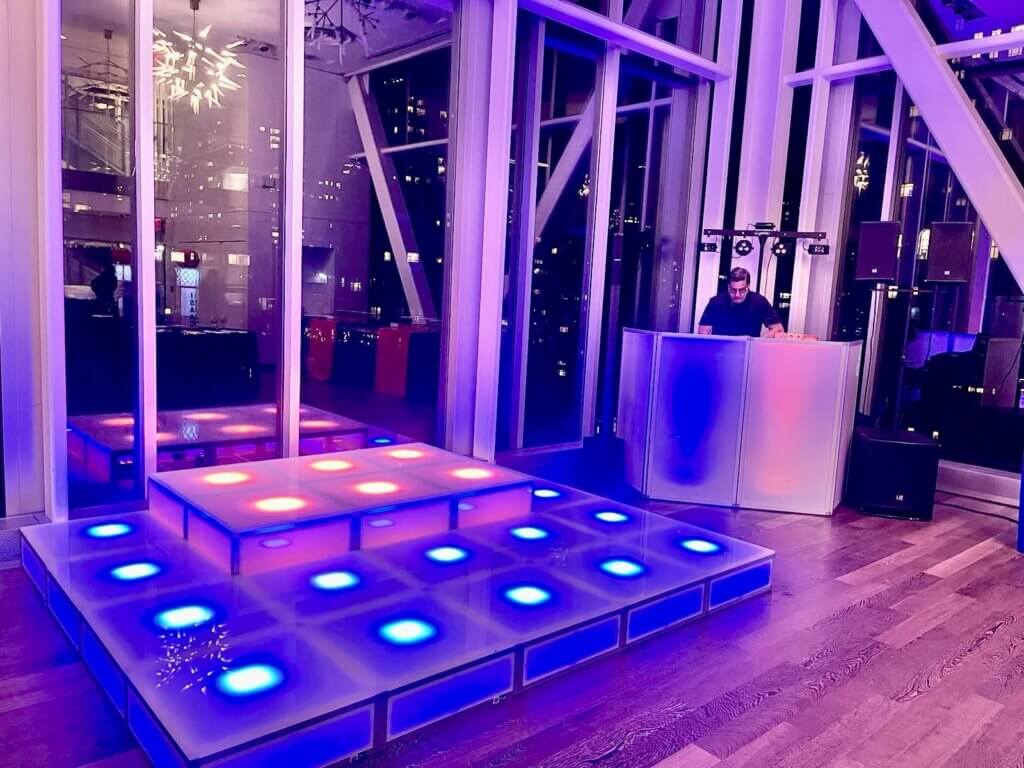A Transformative Strength of Luminance in Elevating Dance Surface Beauty
A Transformative Strength of Luminance in Elevating Dance Surface Beauty
Blog Article
Illumination plays a critical role in creating the environment of a dance floor. It can convert a basic space into an dynamic environment that boosts the overall encounter for dancers and audience alike. The correct lighting can affect the vibe, energy, and even the type of the dance being performed. By using multiple types of lighting, such as spotlights, colored illumination, and strobe effects, event planners can design a lively environment that captivates the spectators and encourages involvement.
One of the primary functions of lighting on a dance floor is to highlight the performers. Spotlights can be used to direct attention on individual dancers or groups, making them the center of attraction. This technique not only showcases their movements but also adds a layer of drama to the performance. When dancers are illuminated effectively, their expressions and techniques become more visible, allowing the spectators to value their skills. This focused lighting can also help to create a narrative, leading the spectators through the show.
In furthermore to showcasing performers, colored illumination can greatly affect the atmosphere of the dancing area. Various colors dance floor rental for themed events evoke different emotions; for example, warm colors like red and amber can generate a sense of enthusiasm and vitality, while cooler colors like azure and green can encourage tranquility and ease. By thoughtfully using colored illumination, organizers can manipulate the environment to align with the theme of the event or the style of the dance. This thoughtful approach to lighting design can improve the complete encounter for all involved.
Flashing lights and other dynamic lighting effects can also add excitement to a dance floor. These features can generate a sense of beat and motion that matches the music being played. When synchronized with the beat, strobe lights can make the dancing area feel vibrant, inviting dancers to groove in time with the flashing lights. This interaction between light and sound can boost the vitality of the occasion, making it more pleasurable for both performers and spectators. The use of such effects requires careful planning to ensure they improve rather than divert from the show.
Finally, the overall design of the lighting arrangement is crucial for creating a cohesive look on the dancing area. A carefully planned lighting strategy takes into account the layout of the space, the type of performance being executed, and the audience's experience. By combining different lighting techniques, such as background lighting, highlighting, and unique features, organizers can design a aesthetically stunning environment. This focus to specifics not only improves the performance but also leaves a memorable impact on the audience, making the event unforgettable. In summary, the powerful power of lighting is vital in improving dancing area aesthetics, creating an captivating and pleasurable experience for all.